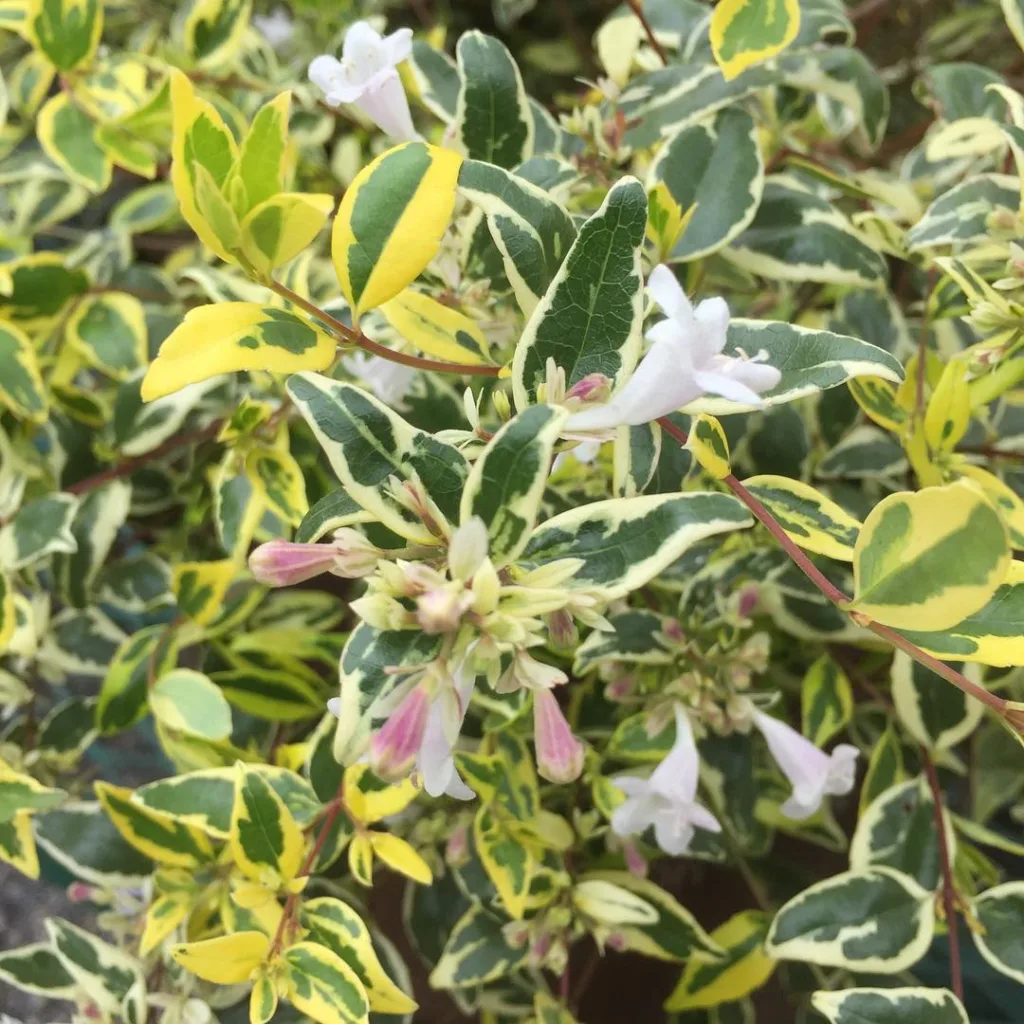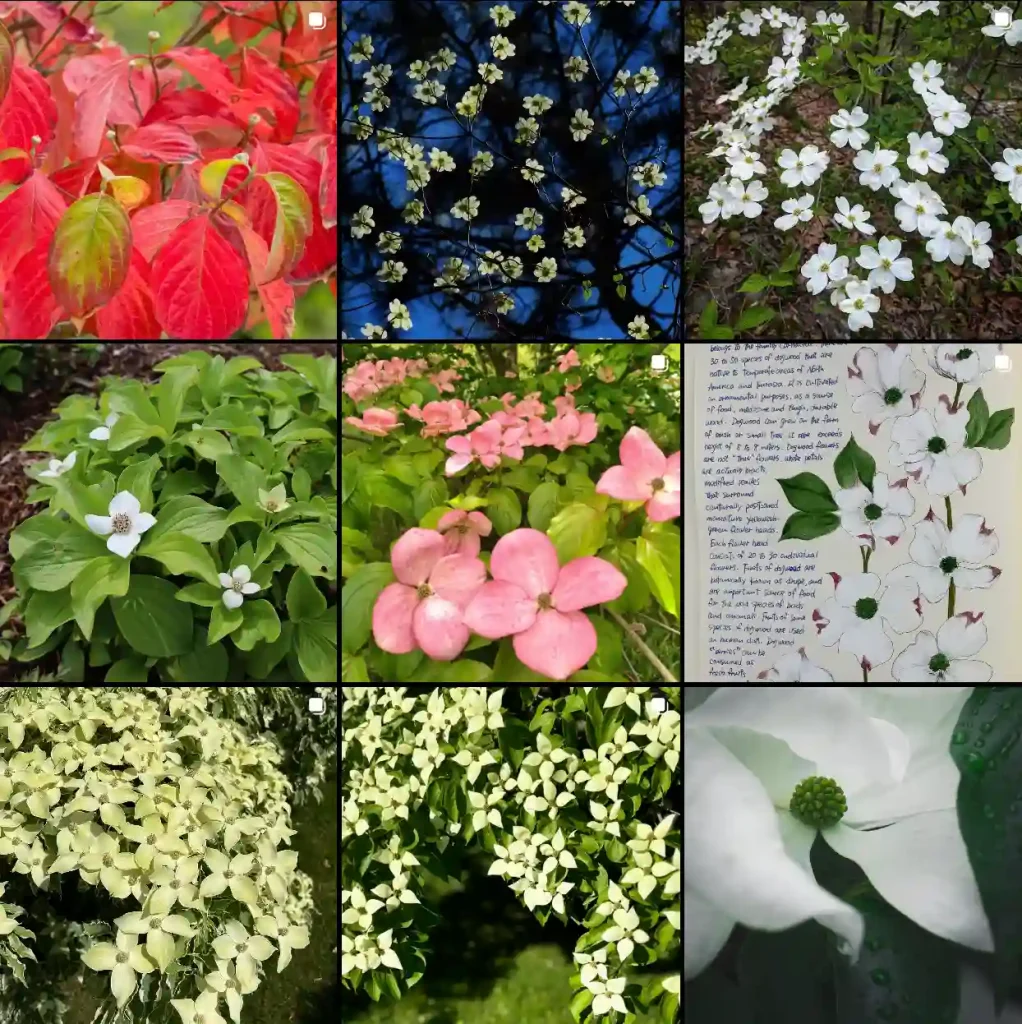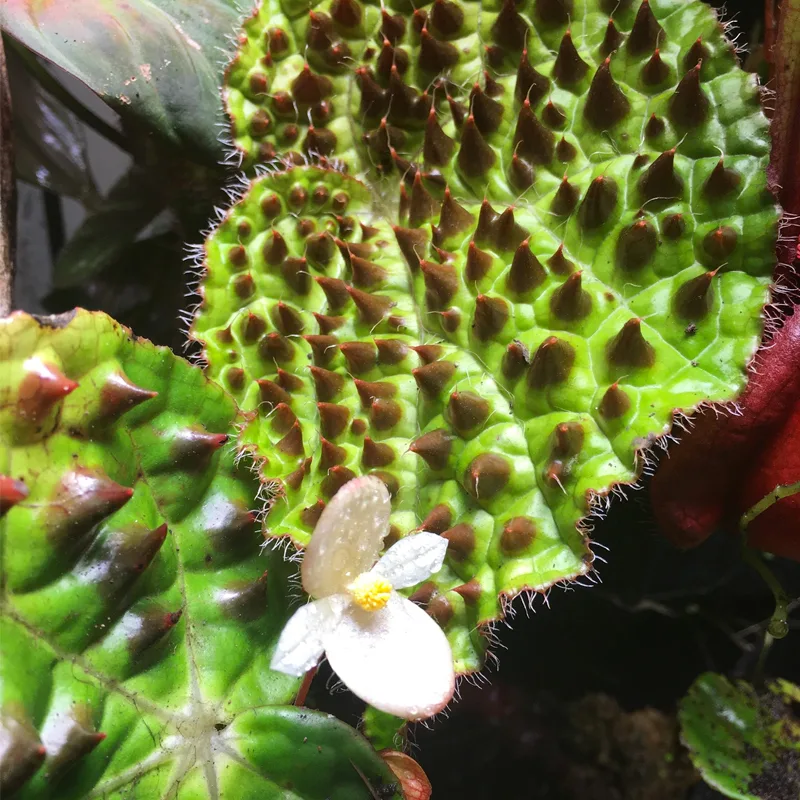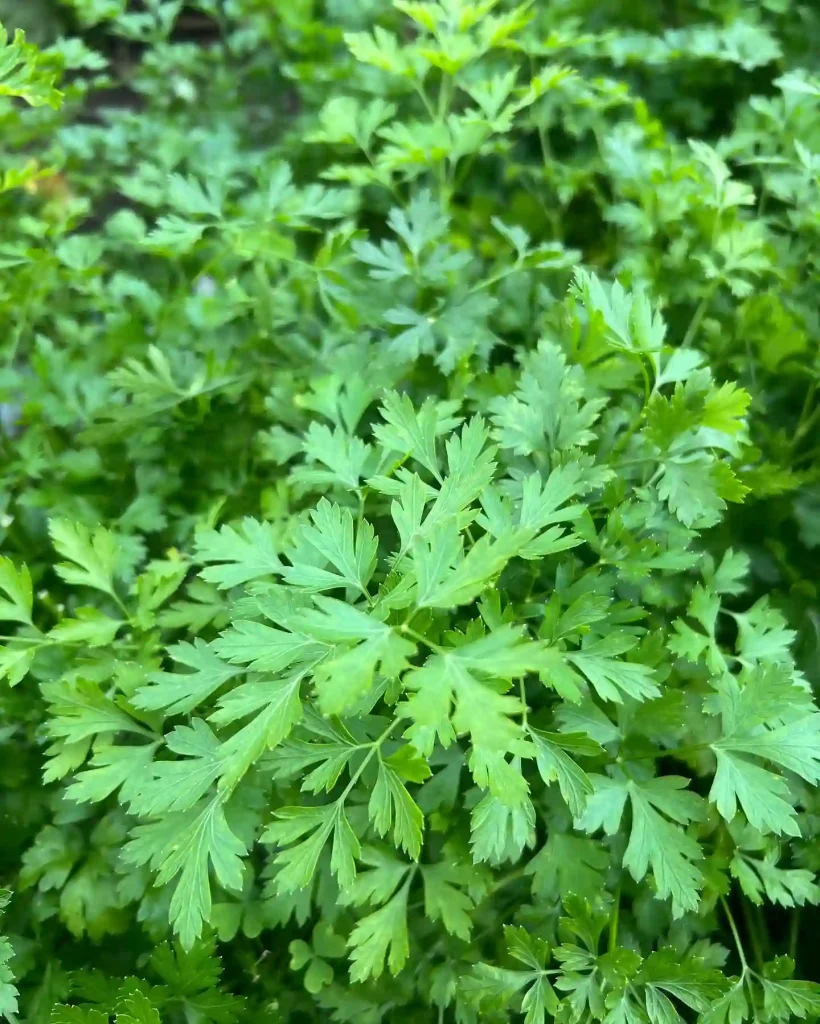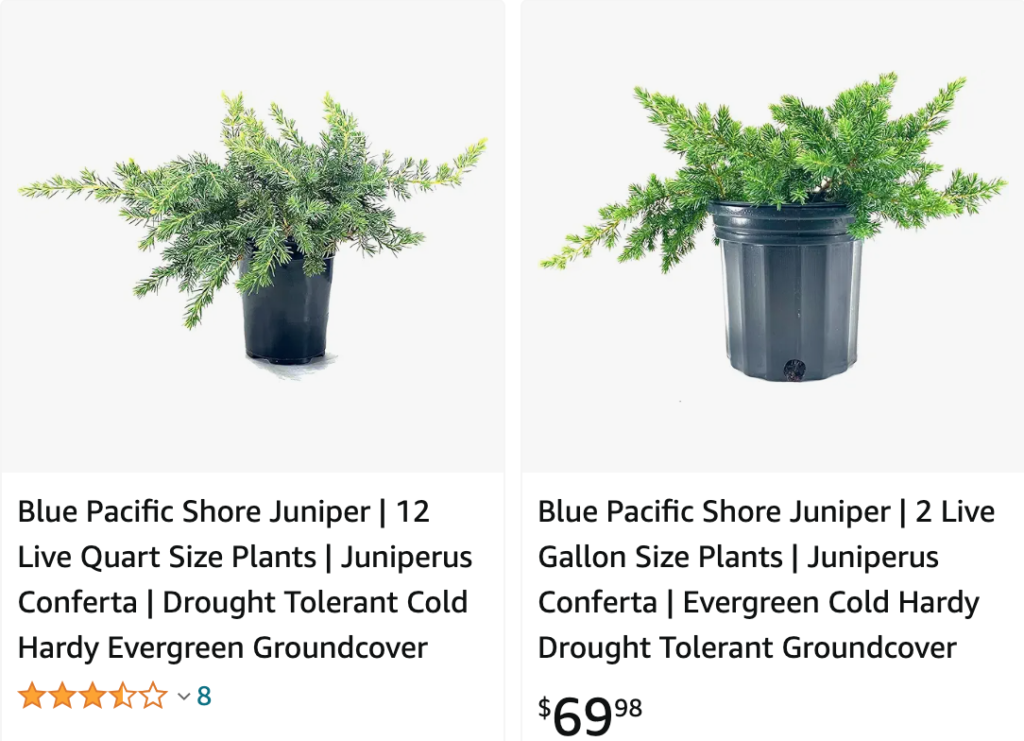
What is Juniperus Conferta?
For years, I’ve been captivated by the low-maintenance beauty of groundcover plants. They add a touch of life and texture, filling in those empty spaces and suppressing weeds. But not all groundcovers are created equal. Some sprawl uncontrollably, others struggle in harsh conditions. Then I met Juniperus conferta, the Shore Juniper, and it stole a piece of my gardening heart.
74 Species in Genus Juniperus
The Shore Juniper boasts a dense, emerald green carpet of foliage. Its awl-shaped leaves, clustered in whorls of three, have a distinctive fragrance that adds another layer of sensory delight to the garden. This evergreen gem stays vibrant year-round, adding a pop of color even in the depths of winter. But its beauty goes beyond mere aesthetics. Shore Juniper thrives in full sun and tolerates poor soil, making it a dream come true for sunny, dry patches in your garden.
This little champion is surprisingly tough. Hailing from the sand dunes of Japan, it’s naturally salt-tolerant, making it a perfect choice for coastal gardens. Shore Juniper shrugs off hot, dry conditions and thrives in well-drained soil. Once established, it requires minimal watering, a boon for busy gardeners or those living in water-restricted areas.
How to Care for Your Shore Juniper?
Planting Shore Juniper is a breeze. Choose a location with full sun and well-drained soil. Amending the soil with compost before planting is beneficial, but not essential. Water deeply at planting and occasionally during the first growing season. Once established, supplemental watering is rarely needed. Shore Juniper responds well to light pruning to maintain its desired shape.
Sharing the Beauty: Propagating Shore Juniper
There are two main ways to propagate Shore Juniper: stem cuttings and seeds. Stem cuttings taken in early spring or late summer have the highest success rate. Select healthy, non-flowering stems 4-6 inches long. Remove the lower leaves and dip the cut end in rooting hormone. Plant the cuttings in a pot filled with a well-draining potting mix and keep them moist. Seed propagation takes longer, but it’s a rewarding process. Collect ripe berries in the fall, extract the seeds, and sow them in a cold frame. Germination can take several months, but with patience, you’ll be rewarded with new Shore Junipers.
Is Juniperus conferta ‘Blue Pacific’ Shore Juniper Invasive?
The ‘Blue Pacific’ cultivar of Shore Juniper is a popular choice for its slightly blue foliage. However, there have been concerns about its potential invasiveness in some regions. While it’s not generally considered highly invasive, it’s wise to check with your local authorities before planting it. Opting for the straight species, Juniperus conferta, is a safer choice if invasive plants are a concern in your area.
What to Plant with Shore Juniper?
Shore Juniper’s low-growing habit makes it a versatile groundcover. It pairs beautifully with flowering perennials that need well-drained soil, such as lavender, catmint, and coreopsis. Creeping thyme adds another layer of texture and fragrance, while ornamental grasses like blue fescue or switchgrass provide a touch of movement. For a dramatic contrast, consider planting ornamental alliums with their tall, globe-shaped flower heads.
With its resilience, beauty, and ease of care, the Shore Juniper has become a mainstay in my garden. It offers a tapestry of texture and color, requiring minimal effort to thrive. Whether you’re a seasoned gardener or just starting out, the Shore Juniper is a gem waiting to be discovered. So, why not give it a try and see how it enhances your own garden haven?
If i die, water my plants!
